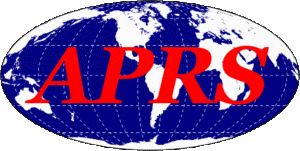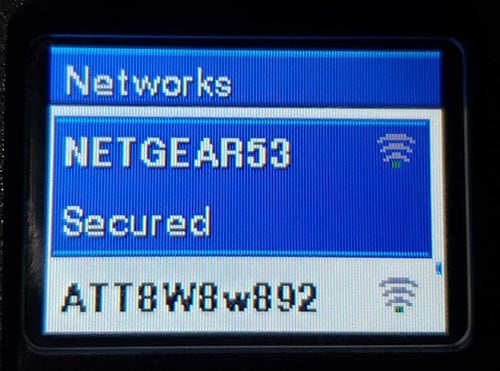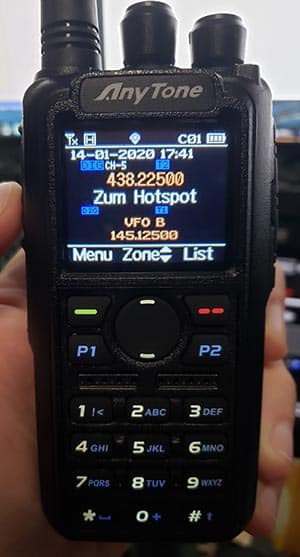More of...Key things to understand with DMR
Zones:
Think of Zones as groups or regions of channels. For example if you are traveling you can have an "SF Bay Area" Zone and maybe a "Reno" or "Las Vegas" zone with presets which you would only use when traveling there. You can also split digital and analog into zones if your radio supports both and if you use a hot spot, this can even be a zone. It is all up to you and how you want to organize your radio channels. You can even put repeaters into their own zones. More about this my getting started with programming DMR article on this website.
There is really no right or wrong way to do Zones. In fact on some radios, perhaps due to their navigational menu system, it makes more sense to organize things one way and on another radio differently. My TYT, AnyTone, and Motorola are all organized differently.
Brandmeister Network:
 Tailored to Motorola TRBO and basically think of this as a collection of interconnected worldwide servers mainly allowing and organizing DMR communication. Talkgroups and numbering may be unique so important to manage them separately if you use more then one such as the one below. I tend to stick with Brandmeister. You can find more info here: https://brandmeister.network/
Tailored to Motorola TRBO and basically think of this as a collection of interconnected worldwide servers mainly allowing and organizing DMR communication. Talkgroups and numbering may be unique so important to manage them separately if you use more then one such as the one below. I tend to stick with Brandmeister. You can find more info here: https://brandmeister.network/
DMR-MARC Network:
 As above, this is also a collection of servers and interconnected systems. In case you are wondering Marc is not a buy but stands for "Motorola Amateur Radio Club Worldwide Network". These are generally static talk groups and unlike Bandmeister are not dynamic. You can find more info here: http://dmr-marc.net/
As above, this is also a collection of servers and interconnected systems. In case you are wondering Marc is not a buy but stands for "Motorola Amateur Radio Club Worldwide Network". These are generally static talk groups and unlike Bandmeister are not dynamic. You can find more info here: http://dmr-marc.net/
APRS
 DMR does support APRS. This info can be sent with the voice data and works fine with single VFO radios. Handled much like it would be handled via and iGate for example unlike it would be un the analog world via the traditional APRS frequencies using Frequency Modulation (FM). NOT all radios will do APRS and the radio will need GPS to be able to provide location info, so keep this in mind when making a purchasing decision. Also note, some radios have better GPS then others and it is not always based on price!
DMR does support APRS. This info can be sent with the voice data and works fine with single VFO radios. Handled much like it would be handled via and iGate for example unlike it would be un the analog world via the traditional APRS frequencies using Frequency Modulation (FM). NOT all radios will do APRS and the radio will need GPS to be able to provide location info, so keep this in mind when making a purchasing decision. Also note, some radios have better GPS then others and it is not always based on price!
Other important things to note:
The pace of DMR communications is a little slower to allow others to break-in. Also try not to tie up a broad Talk Group, move to a smaller or private for longer QSOs. If you are using a hot spot, make sure you have at least somewhat decent internet as this can be frustrating for others on the other end if there is a lot of dropouts and signal quality issues. Lastly, folks will key up to change to a Talk Group and their name and call may appear. It does not mean they are looking to chat necessarily. I personally listen a lot more than talk.
Technical specs:
For those really interested in the technology behind DMR, here we go! The channel Spacing is a mere 12.5 kHz as one would expect. Using Modulation rate of 9600 Baud (much like the old dial-up modems) and 4-FSK. 2 Slot Access (TDMA, much like the old AT&T cell system used a few years back). Basically TS1 and TS2 for DMR purposes and can be used at the same time. These alternate in blocks of 30ms containing binary data which alternates. Voice Coder is DVSI AMBE+2 at 3.6 kbps rate.
If you feel you have learned something and this encouraged your interest, keep reading about DMR on Getting Started with DMR radio Programming on this site.

Options for DMR Radios:
Many new radios now include (or as an option) Bluetooth. This can be used for headsets, PTT and so on. Some, like some of the more expensive Motorola units like the XPR 7550e also include Wifi even as seen above.
- Alinco - Very nice units, although the radios I hear are not actually made by them but rebranded.
- Aliunce -
- Anysecu -
- AnyTone - Mainly the D878UV is a nice unit. Nice displays, easier to program and often updated software. Pictured on the right. I own one and it is my current favorite!
- Baofeng - Not generally recommended by me.
- Connect Systems -
- Hyteria -
- Motorola - Commercial Grade, great units but harder to program, software costs a lot as do the radios. Also sometimes displays are limited. Not for beginners but by far the best-built units.
- Kydera -
- Radioddity - Another brand with dual-band option.
- Revetis -
- TYT - Formerly Tytera. Widely used, very good units. MD-380 is one of the top units.
- Vertex - Basically Yaesu Commercial branding.
- Others I may have missed...
Additional resources:
https://qsl.net/w9fe/dmr.html - A Great starter site!
http://pnwdigital.net/info/IntroductionDMR.pdf - Great PDF on DMR
https://www.radioid.net - is where you get your DMR ID from
https://www.dmrfordummies.com/ - Yet more reading on DMR
http://dmr-marc.net/ - The DMR MARC Network
https://brandmeister.network/ - The Brandmeister Network
If you find something incorrect and/or have an update, I would really appreciate if you could let me know by contacting me. I like to keep things as up-to-date as possible. Thank you! - Lucas / W6AER




